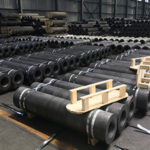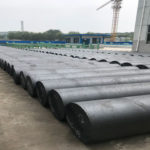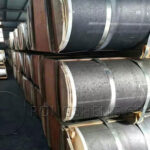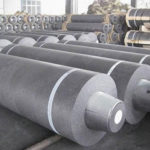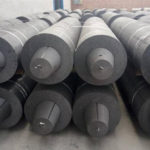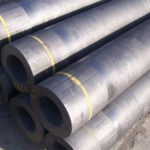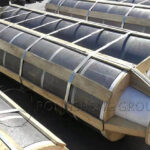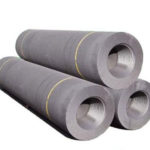When it comes to graphite electrode and carbon electrode, it always occurs to our mind that are carbon electrodes the same things graphite electrodes? The answer is obviously not. Carbon electrodes come in many sizes and thicknesses but they essentially feel like a piece of fabric. They are flexible. Graphite electrodes, on the other hand, are not flexible. They are often rod-shaped and feel and look much like pencil lead. Pencil lead is mostly graphite, the difference is mainly one of purity as pencil lead may be partially clay fillers and other things.

Graphite Electrodes and Carbon Electrodes Definition
Using petroleum coke, needle coke as aggregate, coal asphalt as binder, graphite electrode is manufactured with high quality refractory raw material through the production process of calcining, crushing, burden, mixing kneading, extruding, baking, impregnation, graphitization, manufacturing and packing. It is an important high-temperature conductive material for electric steelmaking. However, carbon electrode is a conductive material produced from anthracite and metallurgical coke (sometimes added with a small amount of natural graphite).
What are Carbon Electrodes and Graphite Electrodes Used For?
Graphite electrodes sales are mainly used in electric furnace steelmaking, and carbon electrodes are primarily used in electrochemical experiments or electrochemical analysis. In other words, they are used in applications where electron transfer is required and are commonly utilized during electrolysis.
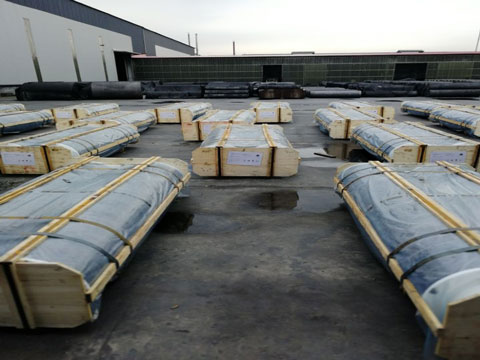
Why Are Carbon Electrodes Used in Electrolysis?
Carbon is a good conductor – a key requirement for successful electrolysis. When a carbon electrode is used (normally in the form of graphite), the number of freely moving electrons within the element’s structure results in a highly conductive material. Carbon is also relatively inexpensive to purchase, is stable even at high temperatures and is a tough, durable material.
Carbon electrodes are used in electrolysis due to their competence as a conductor and the number of free electrons they have available for transfer. Not only is carbon an efficient conductor, it also has a very high melting point. This means it can be used to facilitate a wide range of different reactions. Other advantages of using carbon include a relatively low cost, longevity and ease of procurement.
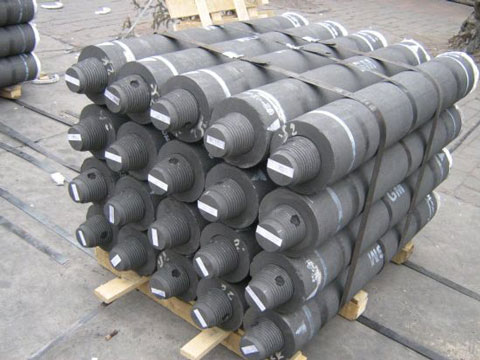
In Electrolysis, What Happens at Each Electrode?
There are two electrodes in an electrolysis solution: the positive and the negative electrode. The reaction that happens at each electrode is different. When the compound to be electrolyzed is in solution with the electrical current passing through it, the compound’s constituents become ionized (separate into positively and negatively charged ions). Positively charged ions (metals and hydrogen), are attracted to the negative electrode (the cathode), where they receive electrons (a process known as oxidation). Negatively charged ions are attracted towards the anode (the positively charged electrode), where they give up electrons (reduction).
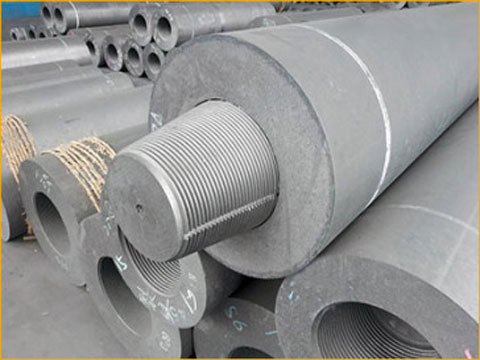
What Happens to a Solution During Electrolysis When Carbon Electrodes Are Used?
The process of electrolysis when carbon electrodes are used is similar to that achieved when other substances are used in electrodes. Positively charged ions flow towards the cathode, where they receive electrons. In contrast, negatively charged ions are attracted to the positively charged anode, where they lose electrons.

